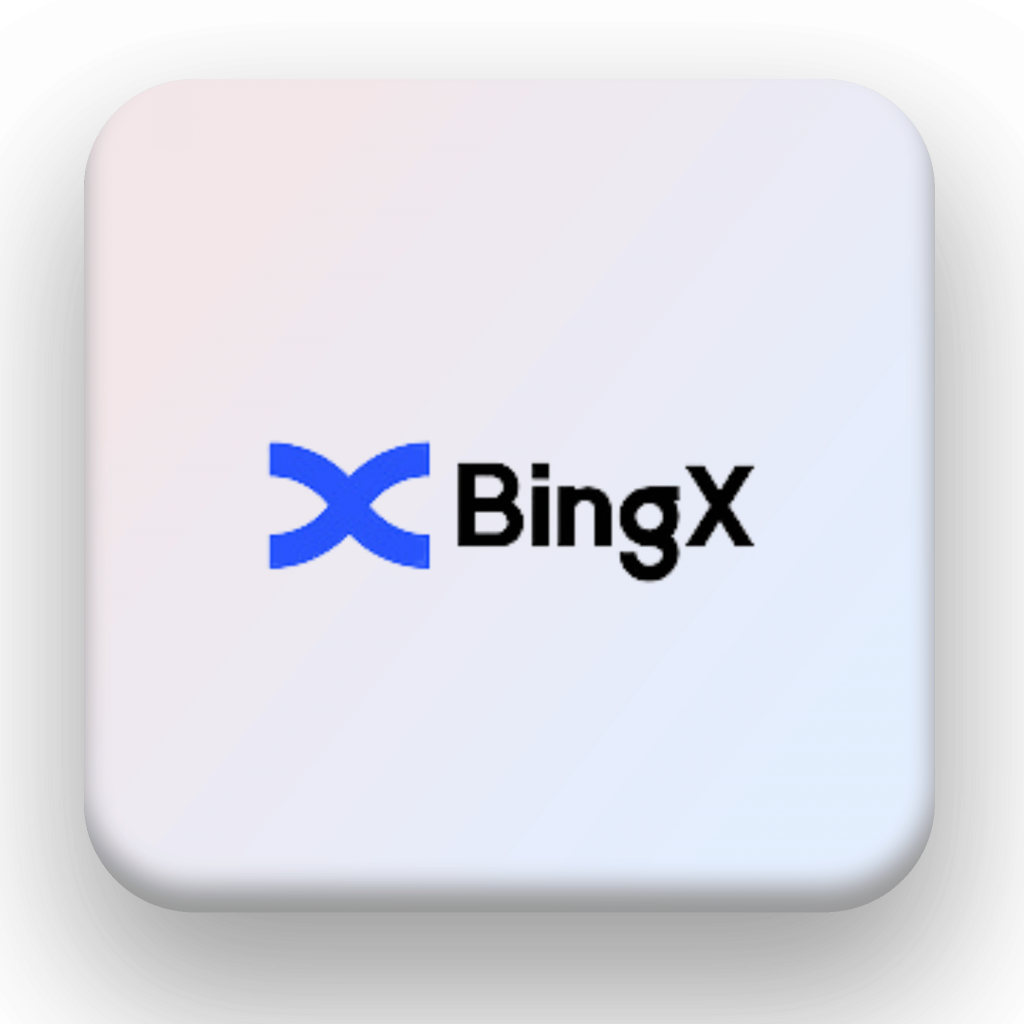Home / CRYPTOCURRENCY TRADING / CRYPTO TRADING STRATEGY AND LEARNING

Crypto Trading Strategy and Learning:
A Comprehensive Guide for 2024
The world of crypto trading can be both thrilling and overwhelming, especially for newcomers. With cryptocurrencies like Bitcoin, Ethereum, and thousands of altcoins gaining popularity, many traders are eager to enter this exciting market.
However, success in crypto trading requires more than just buying and selling digital currencies. It demands a solid crypto trading strategy and a commitment to learning the ins and outs of the market.
In this guide, we’ll explore the most effective crypto trading strategies, discuss how to enhance your trading knowledge, and offer tips on how to succeed in the volatile world of crypto markets.
What is Crypto Trading?
Crypto trading refers to the process of buying and selling cryptocurrencies in order to make a profit.
This trading can take place on cryptocurrency exchanges, where users can exchange fiat currency for crypto or trade different cryptocurrencies against one another. Unlike traditional financial markets, crypto trading operates 24/7, which creates unique opportunities (and risks) for traders.
Given the high volatility of the cryptocurrency market, having a well-thought-out trading strategy is crucial for success.
Popular Crypto Trading Strategies
1. Day Trading
Day trading involves buying and selling cryptocurrencies within the same trading day. Day traders aim to capitalize on short-term price movements, which can be highly volatile in the crypto market.
Pros:
- Potential for high profits due to short-term price swings.
- Doesn’t require holding assets overnight, reducing overnight risks.
Cons:
- Requires a significant time commitment and constant market monitoring.
- Risk of losing money due to market volatility and false signals.
2. Swing Trading
Swing trading involves holding crypto assets for a few days to weeks, taking advantage of price swings within that timeframe.
This strategy focuses on capturing market “swings” or trends and requires technical analysis to identify entry and exit points.
Pros:
- Less time-consuming than day trading.
- Suitable for traders with a medium-term view on the market.
Cons:
- Potential for missing out on shorter, smaller moves.
- Still carries risks from market volatility.
3. HODLing (Buy and Hold)
One of the most popular strategies in the crypto market is HODLing, a term derived from the misspelled word “hold.” This strategy involves purchasing crypto assets and holding them for the long term, regardless of short-term market fluctuations. The idea is to believe in the long-term growth of the crypto market.
Pros:
- Low effort; no need for constant monitoring of the market.
- Allows traders to capitalize on long-term growth.
Cons:
- Vulnerability to short-term market corrections.
- Potential for losses in the event of a prolonged market downturn.
4. Scalping
Scalping is a strategy where traders aim to make many small profits by exploiting minor price movements. Scalpers often make dozens of trades in a single day, aiming for profits from small price changes.
Pros:
- Quick profits from small price movements.
- Can be automated with trading bots.
Cons:
- High transaction fees can eat into profits.
- Requires constant attention and quick decision-making.
How to Learn Crypto Trading
1. Understand the Basics of Crypto
Before diving into trading strategies, it’s essential to understand the fundamentals of cryptocurrencies and blockchain technology. Learn about the Bitcoin protocol, the role of blockchain, and how digital assets function.
2. Learn Technical and Fundamental Analysis
Crypto traders use two primary methods of analysis:
Technical Analysis (TA): This involves studying price charts, indicators, and patterns to predict future price movements. Tools like moving averages (MA), relative strength index (RSI), and Bollinger Bands are commonly used in TA.
Fundamental Analysis (FA): This focuses on the underlying value of a cryptocurrency, analyzing factors like its technology, market demand, and the team behind the project. For instance, the rise of Ethereum 2.0 and its move to proof-of-stake is an example of a fundamental development that may impact its price.
3. Start with a Demo Account
Most crypto exchanges offer demo accounts where you can practice trading with virtual money.
This allows you to familiarize yourself with the platform and test different strategies without risking real capital.
4. Use Risk Management Tools
Risk management is critical in crypto trading, especially considering the market’s volatility.
Traders should use stop-loss orders, take-profit orders, and proper position sizing to manage risks effectively.
5. Join Crypto Trading Communities
Engaging with other traders through crypto forums, Reddit communities, and Telegram groups can provide valuable insights and help you stay updated on the latest market trends.
Binance is a leading global cryptocurrency exchange known for its wide range of trading pairs, low fees, and advanced features for both beginners and professionals.
Coinbase is a popular and user-friendly cryptocurrency exchange that offers secure and easy access to buying, selling, and storing digital assets.
Kraken is a well-established cryptocurrency exchange offering a secure platform with a wide selection of coins and advanced trading tools for all types of traders.
KuCoin is a global crypto exchange providing a wide variety of altcoins, advanced trading features, and competitive fees for users worldwide.
BingX is a global cryptocurrency exchange that offers spot and derivative trading with an intuitive interface and a focus on social trading.
Huobi Global is a leading cryptocurrency exchange that offers a wide range of digital assets and advanced trading tools with a focus on security and liquidity.
OKX is a comprehensive digital asset exchange that provides advanced features like margin trading, futures, and DeFi services with low fees.
Bybit is a popular exchange known for its leveraged trading options and advanced charting tools, tailored for professional cryptocurrency traders.
Gate.io is a global cryptocurrency exchange that offers a wide range of coins, low trading fees, and features like margin and futures trading.
Bitget is a global crypto exchange offering futures and spot trading with an emphasis on user-friendly features and high liquidity.
Analytics and Data: The State of Crypto Trading
Understanding market data and tracking key metrics is essential for any successful crypto trading strategy. Here are some key statistics about the current state of the crypto market:
| Statistic | Value |
|---|---|
| Total Market Capitalization (2023) | $1.07 Trillion |
| Daily Trading Volume (2023) | $100 Billion+ |
| Number of Cryptocurrencies (2024) | 23,000+ |
| Top 3 Most Traded Cryptos | Bitcoin (BTC), Ethereum (ETH), Tether (USDT) |
| Percentage of Crypto Market Owned by Top 10 Cryptos | 80%+ |
These statistics show the massive size and ongoing growth of the cryptocurrency market, as well as the dominant position of Bitcoin and Ethereum.
For crypto traders, understanding these metrics can help them make more informed decisions.
Risk Management in Crypto Trading
Risk management is one of the most important aspects of successful crypto trading.
The crypto market is known for its high volatility, which can lead to significant gains but also substantial losses. Here are a few risk management tips:
1. Set Stop-Loss Orders
A stop-loss order automatically sells your cryptocurrency if its price falls to a certain level, helping limit potential losses.
2. Use Leverage Cautiously
While some exchanges offer leverage, it’s crucial to use it cautiously.
Leverage amplifies both gains and losses, so ensure you understand how it works before utilizing it.
3. Diversify Your Portfolio
Avoid putting all your funds into one cryptocurrency.
Diversifying your portfolio across multiple digital assets can reduce risk and increase the potential for gains.
4. Keep Emotions in Check
Crypto markets can be emotional, with prices swinging drastically in short periods.
It’s important to stick to your strategy and avoid making impulsive decisions based on fear or greed.
Key Takeaways
Crypto trading is both exciting and challenging, offering incredible opportunities for profit but also posing significant risks.
To succeed in the crypto market, you need a solid trading strategy, continuous learning, and effective risk management.
Whether you’re a day trader looking to capitalize on short-term price movements or a long-term investor using the HODL strategy, it’s essential to stay disciplined, keep learning, and adapt to the changing market conditions.
By utilizing tools like technical analysis, following fundamental analysis, and practicing with demo accounts, you can build your knowledge and confidence to navigate the crypto markets successfully.

Author: Alex Turner
Expert in Cryptocurrency Markets & Blockchain Technology
Alex Turner is a seasoned cryptocurrency expert with over 8 years of experience in the digital asset industry.
As a senior market analyst and cryptocurrency strategist, Alex has worked with several leading blockchain companies and financial institutions to develop market insights, trading strategies, and risk management frameworks.












